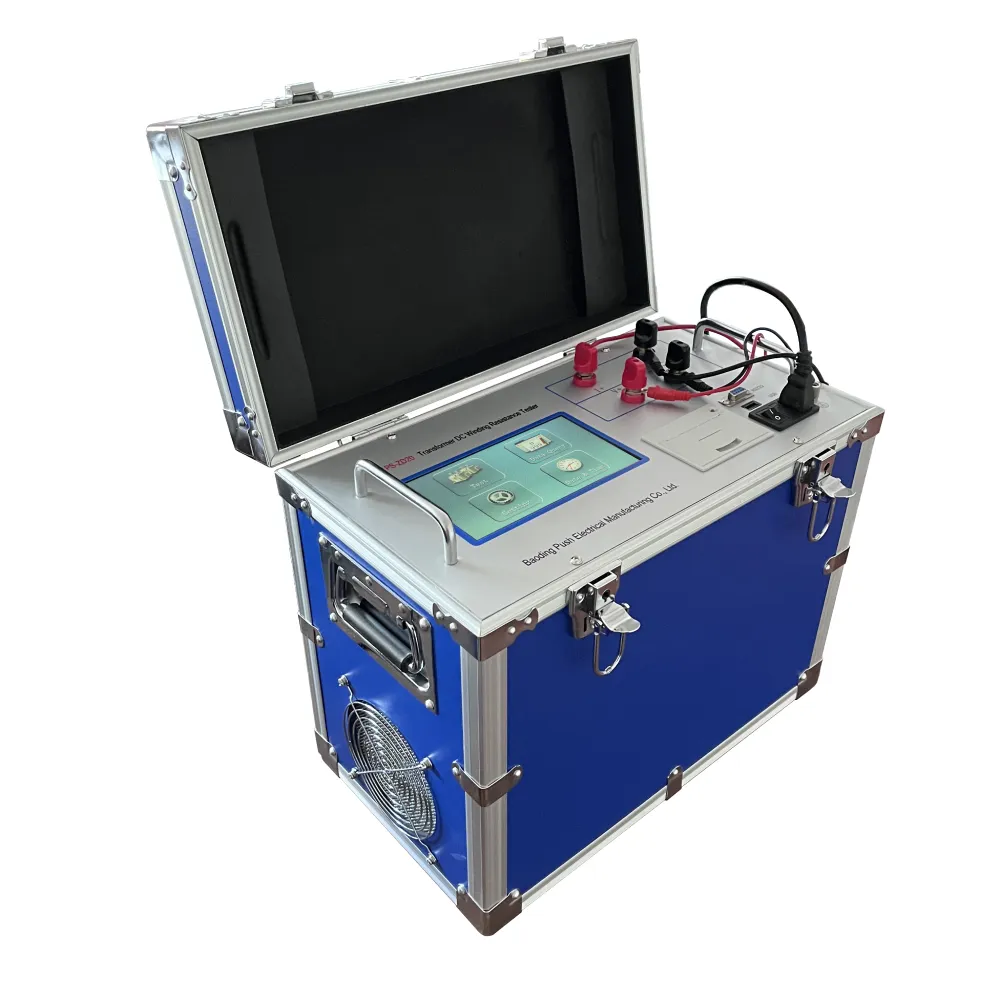 English
English


pensky martens
The Pensky-Martens test is a crucial method in the field of material safety assessment, particularly concerning the flammability of liquid substances. This test focuses on determining the flash point of a liquid, which is the lowest temperature at which the vapor of the liquid can ignite when exposed to an open flame or spark. The facility to gauge this property is essential for industries that handle various chemicals, including paints, oils, and solvents, as it directly impacts safety protocols and regulatory compliance.
.
Understanding the flash point is fundamental for industries that transport and store flammable liquids. It aids in identifying appropriate handling procedures and ensures compliance with regulatory standards set by organizations such as OSHA and EPA. For instance, a substance with a low flash point poses a higher risk and requires stringent safety measures during storage and transportation. Conversely, a higher flash point indicates that the material can be handled with less stringent safety precautions.
pensky martens

Moreover, this test is not only applicable to industrial settings. Home consumers also benefit indirectly from the knowledge gained through the Pensky-Martens test. For example, many household products contain solvents and chemicals that could potentially be hazardous. By assessing the flash points of these materials, manufacturers can provide clearer guidelines regarding safe usage and storage conditions, minimizing the risk of accidents in homes and workplaces alike.
In conclusion, the Pensky-Martens test plays an integral role in ensuring the safety of materials that have flammability risks. Its systematic approach provides vital information that is not only beneficial for industrial applications but also contributes to consumer safety. As industries continue to innovate and introduce new materials, the importance of such testing methods will only grow, underpinning the responsibility of protecting both people and the environment from potential hazards associated with flammable liquids.
-
Differences between open cup flash point tester and closed cup flash point testerNewsOct.31,2024
-
The Reliable Load Tap ChangerNewsOct.23,2024
-
The Essential Guide to Hipot TestersNewsOct.23,2024
-
The Digital Insulation TesterNewsOct.23,2024
-
The Best Earth Loop Impedance Tester for SaleNewsOct.23,2024
-
Tan Delta Tester--The Essential Tool for Electrical Insulation TestingNewsOct.23,2024





